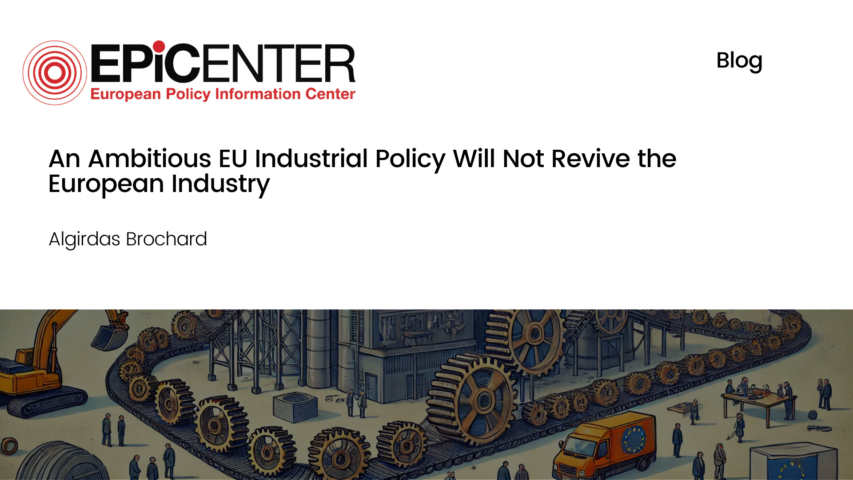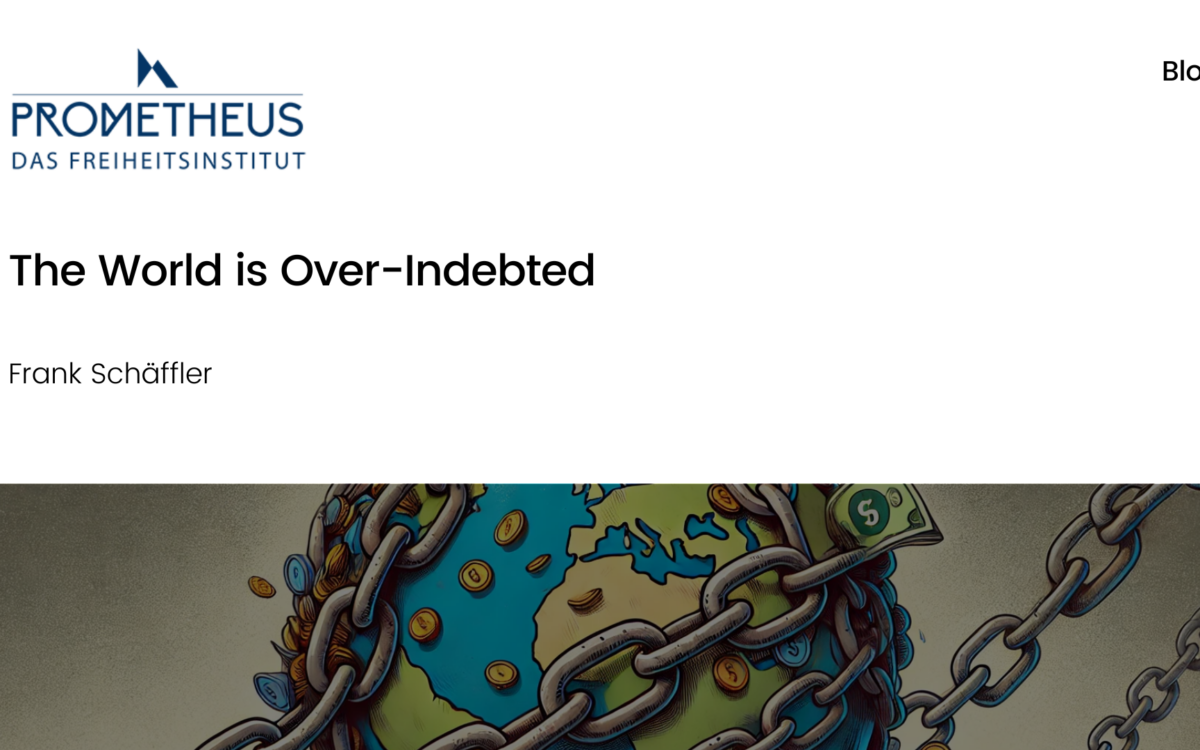An Ambitious EU Industrial Policy Will Not Revive the European Industry

An Ambitious EU Industrial Policy Will Not Revive the European Industry
Algirdas Brochard // 23 June 2017
The contribution of industry to the EU’s economy has been on a decline for more than 20 years. In 1991, manufacturing was responsible for nearly 21% of the EU’s GDP, dropping to below 15% in 2009. Since then, this number has remained somewhat stagnant, at around 15.5%.
Since 2012, the European Commission has repeatedly stated its aim to bring back the industry’s share of EU GDP to 20% by 2020 and on Thursday 15 June, the European Parliament debated the future of the Union’s industrial strategy. Yet, does an ambitious common EU industrial policy have a chance to succeed given significant differences across member states’ industry?
A successful European plan cannot be judged only by looking at the 20% target for the overall EU. A resurgence of the industry across member states should be observed.
The health of industrial production in Germany on one hand and in France and Italy on the other hand, could hardly be more different. German industrial production has increased since the 1990s, but especially since the mid-2000s, and surpassed that of its neighbours France and Italy in 2010. Today, compared to 2010 levels, Germany’s industrial production is up more than 13% whereas France’s production has increased only marginally. Italy’s production, on the other hand, is down 5%.
To give an example, from 1999 to 2016, German car production went from 5,309,524 to 5,746,808 per year. During the same period, France and Italy’s production collapsed, going from 2,784,469 to 1,626,000 cars for France and from 1,410,459 to only 713,182 for Italy.
A combination of labour reforms and marginal wage growth, compared to increases in productivity, means that Germany has become more competitive compared to France and Italy. In Deloitte’s 2016 Global Manufacturing Competitive Index, Germany scored 93.9 while France scored only 55.5 and Italy scored 46.5.
Four measures, not all mutually exclusive, would address the sluggish industrial growth in some EU countries:
The first option would be for countries such as France and Italy to embark upon difficult structural reforms, as Germany did in the 2000s. These measures would improve the competitiveness by lowering labour costs and make the labour market more flexible. The newly elected French President Emmanuel Macron has already established a tight calendar to pursue such reforms.
The second option would be for Germany to increase wages further. In France, wages increased alongside productivity, whereas in Germany the compensation of workers grew a lot slower than productivity. In Italy, wages have increased faster than productivity.
The third option would be to create a common Eurozone budget. This would enable fiscal transfers within the Eurozone but has a very high political cost for the German government. An advance in this direction may nevertheless be possible as, on the 20th June, Chancellor Merkel reached out to President Macron’s appeal for a Eurozone budget and finance minister saying she could support the idea ‘if the circumstances are right’.
Fiscal transfers alone will not solve the disparities between the industrial economies of member states, as the example of Italy proves it. The American system of fiscal transfers between states could, however, be one example for the EU.
Finally, the last and the most radical option would be a break-up of the Eurozone and a return to national currencies. This would enable France and Italy to depreciate their currencies while the Deutsche mark would appreciate, something that could improve the prospects of Italian and French industries. However, it should be stressed that this choice could prove to be very expensive indeed, with some estimates of the Bank of France putting the global cost of leaving at over 650 billion euros for France (this number takes into account public but also private debt). Moreover, other studies point out that half a million jobs could be lost and that France would be worse off in the long term as a result of this decision.
The breakup of the Eurozone should not be taken lightly as member states would incur very high costs, which could negatively impact their economies in the long term. Structural reforms in countries such as Italy and France, wages increases in Germany and finally enabling fiscal transfers in the Eurozone should first be tried to help the manufacturing industry grow, not only in Germany but across the EU.
In short, national and EU-wide reforms might prove much more effective than a questionable EU plan to revive the European industry.
EPICENTER publications and contributions from our member think tanks are designed to promote the discussion of economic issues and the role of markets in solving economic and social problems. As with all EPICENTER publications, the views expressed here are those of the author and not EPICENTER or its member think tanks (which have no corporate view).



